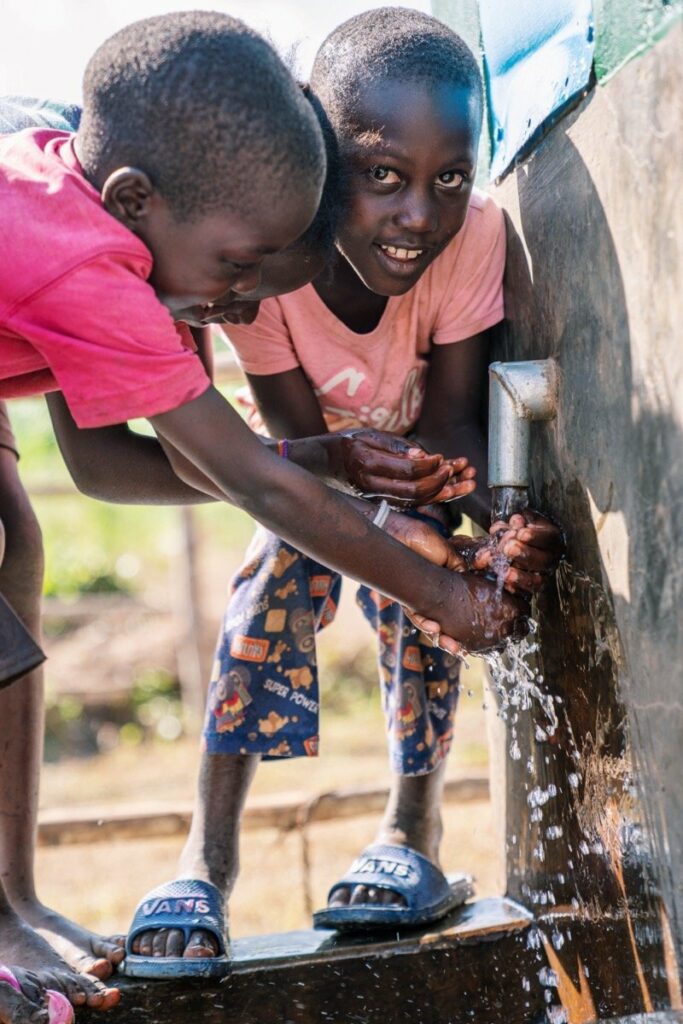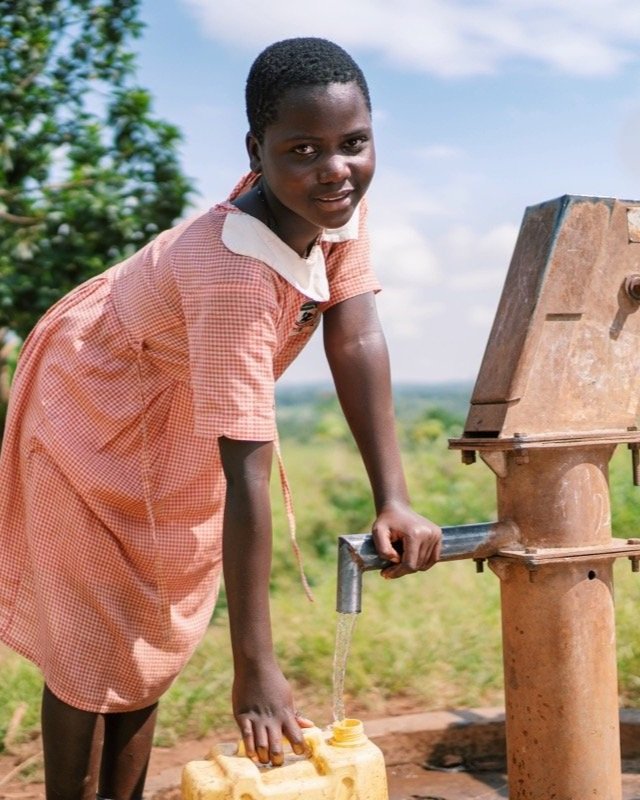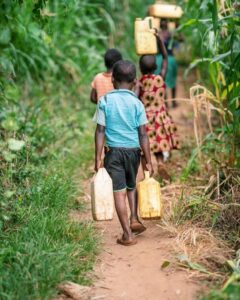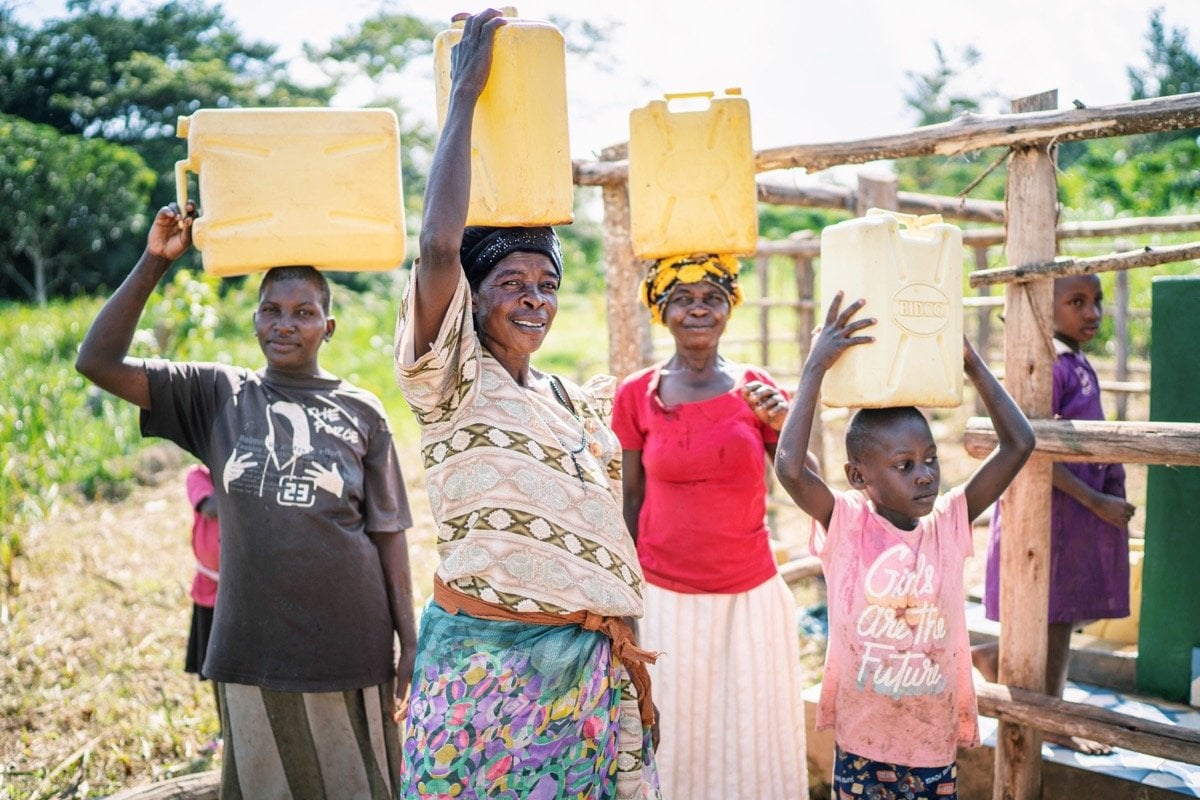So like…how do you get water? I don’t mean from your sink, or the nearest drinking fountain. I’m talking about FINDING water. Imagine that you don’t have any connected to your house, and can’t borrow some from your neighbor. You have to get it yourself.
Honestly, for those of us with easy access to clean water, this idea is a very foreign concept. But when it comes to developing countries in sub-Saharan Africa, this is an issue felt by over 320 million people. About 783 million people in the world don’t have access to potable water, and sub-Saharan Africa accounts for 40% of that number. Woah.


Providing clean water in developing countries is vital, but the process is extremely involved. Especially in places like the sub-Sahara, the difficulty comes not just from a lack of infrastructure, but also a landscape that is naturally lacking in sufficient water for the community.
THE BASICS OF GETTING WATER
So where do people get water? Well, that leads to the concept of abstraction (access) points. An abstraction point is another term for source supply, but also takes into account the seasonal changes that can affect a water point, and the various types of sources that exist. As a state with 840 miles of coastline can struggle with water supply (‘sup Cali), it is clear that not every abstraction point is equal.
Abstraction points consist of boreholes, open wells, surface waters (rivers, lakes, etc.), saline, and brackish waters. Often rainwater is used as an additional supplement to abstraction points, primarily due to its tendency to be naturally clean. Unfortunately, that is not always the case, especially in areas with pollution or wildlife.
And while rainwater or other seasonal clean water supplies can be helpful, relying on such means for drinking water can cause extreme distress during dry periods. Thus, it is very important to develop water points that are low cost in maintenance, and consistent in supply.


COMMON WATER SOLUTIONS IN DEVELOPING COUNTRIES
In developed countries like the United States, surface waters are actually the most common source of potable, clean water. However, this is accomplished by running the water through treatment plants, taking contaminated water and making it safe to drink. In rural areas, this approach is expensive, and requires a large infrastructure in place. Some developing countries are able to utilize central-source treatment systems, which operate like a small- or medium-sized treatment plant.
Much more common, however, are point-of-use (POU) treatments, which are ways to treat unclean water at the water source. These types of treatments range; from filtration systems, such as natural stone filtration or advanced manufactured filters, to chemical treatments such as chlorination. And while POU treatments are effective for small amounts of water, the requirement to use whenever water is needed is an ineffective long-term deterrent.
Another common water point for rural areas in developing countries is a sealed well. With modern technologies and drilling capabilities, wells can be constructed in ways that keep the water safe at the source, and do not typically require any additional treatment. By keeping the water point sealed, contaminants and pollutants are prevented from reaching the water, and it remains safe to use.
For more on the types of technologies our partners often use in their communities, you can see our blog on the subject, and check out this blog for more on how those technologies work.
HOW OUR PARTNERS ADDRESS THESE ISSUES
Blood:Water works with local partners on the ground in sub-Saharan Africa to provide access to clean water through a wide range of technologies. With knowledge of the local context, our partners select the technology that will be most effective in the community where they are working based on environmental, cultural, economic, and technological factors. By applying their local expertise, our partners are then able to optimize quantity, quality, access, and reliability in the water solution they select. In many cases, a combination of technologies is required to achieve these goals.
Sustainability of a water project is a fundamental but distinct component to water provision. The most successful way to create a sustainable water project is for local leaders at the community level to take ownership of and lead the project.
Our partnerships with grassroots African organizations to address the water and HIV/AIDS crises changes lives forever. We do it because we believe that everyone deserves access to basic human rights, no matter what circumstances they were born into.
As we consider the nature of World Water Day this March 22, please consider donating to help us come alongside our partners to provide water to these communities. Our goal is to raise $75,000 and your gift by midnight on March 22 is eligible to be matched – $1 for $1 up to $25,000! It’s a big goal, but with your help it can be reality.

